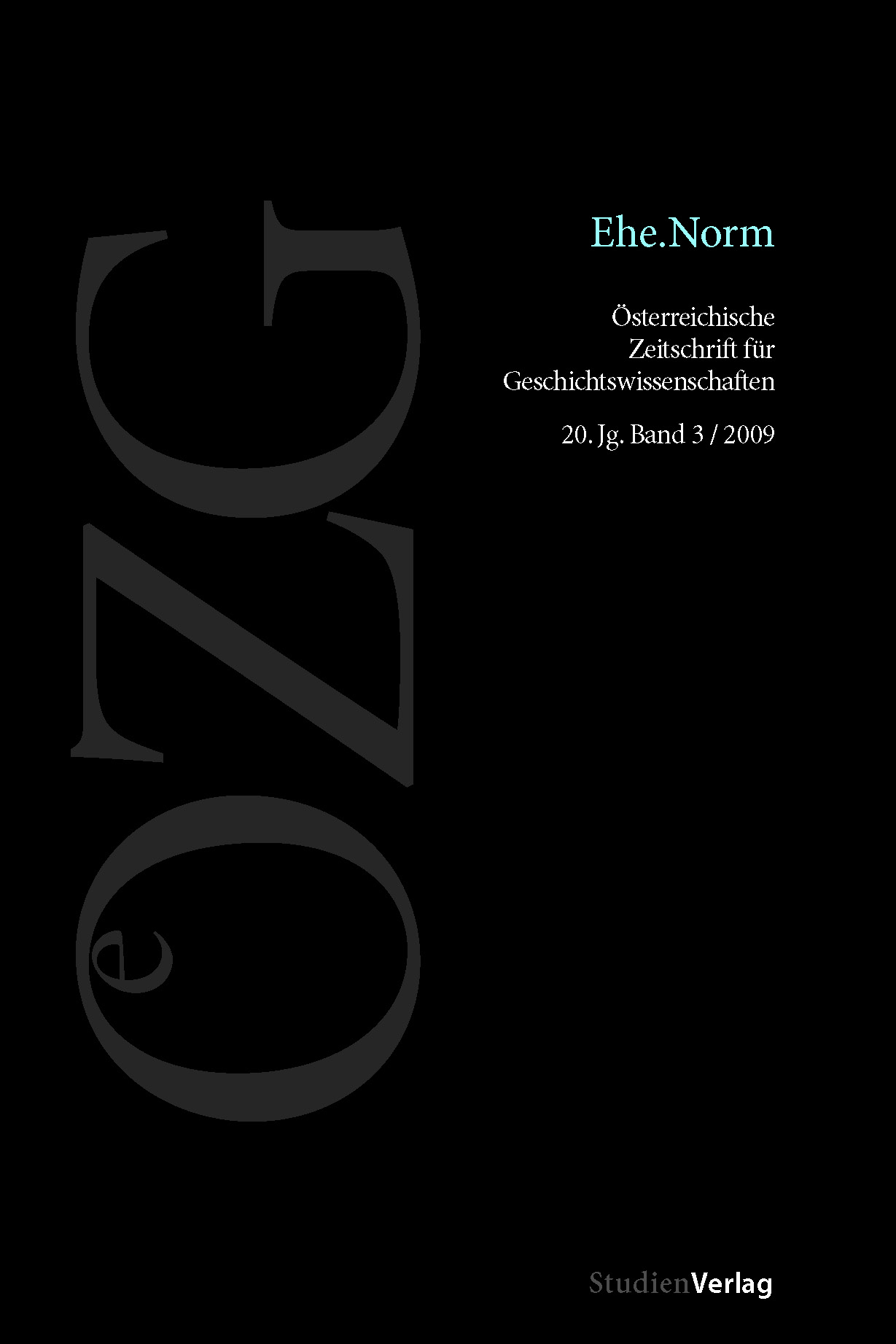Der kaiserliche Reichshofrat als protestantisches ‚Scheidungsgericht‘
DOI:
https://doi.org/10.25365/oezg-2009-20-3-3Keywords:
Holy Roman Empire, Imperial Aulic Court, self-divorce, protestant imperial estates, clerical jurisdictionAbstract
The paper focuses on the contradiction of the protestant marriage law and the subsequent problem for the political structure of the Holy Roman Empire, in short the Empire, and its highest jurisdiction. In the light of recent research results dealing with divorces in Early Modern History, the specific situation at the highest courts is being considered. The dissolution of the marriage of Karl Leopold von Mecklenburg-Schwerin and Hedwig Sophie von Nassau-Dietz in 1710 is the case at issue. By means of this example the study describes how the possibility of self-divorce for protestant imperial estates, which was the result of the protestant marriage law and the flexibility of the empire’s constitution, led to the situation that the Imperial Aulic Court declared itself the divorce court for protestant ruling princes at the beginning of the 18th century. In this way the imperial court assumed – well before the efforts of Maria Theresia and Joseph II – duties of clerical jurisdiction, even if this only referred to the protestant imperial estates at first.


